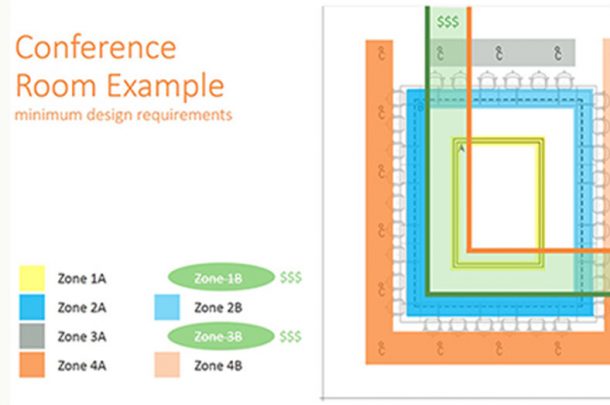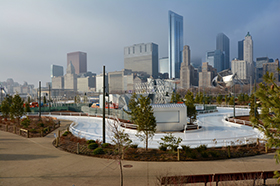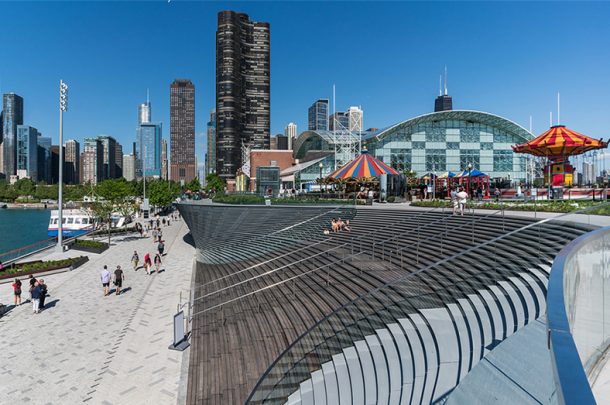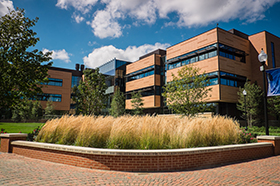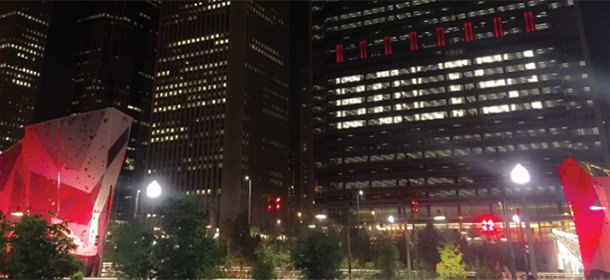
With the advent of LED (light-emitting diode) technologies being adopted almost universally for exterior lighting, exterior lighting controls may not be keeping up. As building and site owners upgrade their exterior lighting, they should also consider upgrading their exterior controls. Previously, lighting designers were using high-intensity discharge (HID) sources. These traditional sources have minimal dimming capabilities and longer hot restrike delays, so keeping to a simple on/off control via time clock or photocell worked well. However, new LED sources provide more flexibility with controllability in exterior lighting.
What are the options available now?
With the adoption of LED sources, we can look at exterior lighting controls similarly to how we look at interior controls. These sources almost universally come dimming-compatible. Also, unlike HID sources, they can be turned on and off quickly and repeatedly without restrike issues. This introduces a number of lighting controls options, including: dimming, utilizing occupancy sensors, and the ability to create scenes or “shows,” among others. Maggie Daley Park, a recent Primera project, applied several of these concepts to its control design. For example, the controls contain a “Put the Park to Bed” programming sequence that dims the lights down and gradually takes the park from full illumination (with all accent/color changing lights at full intensity) to low level security settings (with no accent lighting). One of the benefits of creating these “shows” is that the scenes are no longer limited to RGB color changing light and can be applied to an entire site. This was the case with Maggie Daley Park, as the control sequence was carried out across the full 20+ acre site.
So what kind of technologies can be used for this?
Timeclocks, contactors, and relays still have their place – especially for simple systems with long distances involved. However, several dimming technologies such as: 0-10v signals, DALI protocol, or unique proprietary systems, are all options that can be explored. Digital Multiplex (DMX) control, which can handle both dimming and color-changing signals, has a long history of working with LED fixtures and should be considered for any RGB installation. All of these options have distance limitations on the cables, but signal boosters and fiber optic cables can be utilized to address this issue on large sites. Additionally, there is a (newer to exterior controls) technology that should be considered for larger sites: wireless mesh signaling. Signals are transmitted through the use of a wireless mesh network that can provide basic control, dimming control and DMX interface.
These concepts are not just theory especially to those at the forefront of controls design. At Primera, we have already employed several of these technologies on recent projects. At Maggie Daley Park, wireless mesh technology was utilized to control all the various lighting used under one program interface without the additional expense of trying to install signal wiring across a large site. On the Navy Pier Pierscape project, a DMX system utilizing a fiber optic backbone was the best solution. As for The 606 (Chicago’s new 2.7-mile elevated trail that uses seven separate services), a traditional timeclock/contactor solution was implemented for a majority of the lighting to keep the project simple and within budget.
How about the limitations?
Despite these newer technologies, certain limitations still exist, such as: the upfront cost of the controls, the additional cost of installing control wiring (if needed), or the restrictions on wiring lengths. A standard building dimming system may be based on 0-10V dimming and work well within a building, but it may not be appropriate for a site if the distances are too long. DMX control provides very controlled, specific dimming, but may be overkill for a project without an RGB component.
Energy codes also become a factor in the decision. The currently-adopted 2012 IECC (in Illinois) only requires dusk-to-dawn, astronomic timeclock, or photocell control. However, when the 2015 IECC version is adopted, exterior lighting will also need to be controlled (turned off or reduced in intensity) relative to closing/opening time or a set curfew. Installing controls now that can be easily modified in the future to accommodate code requirements is always a good investment.
Selecting and designing an exterior lighting controls systems is challenging, and there are a number of variables that may impact these decisions. An engineer or designer well versed in lighting controls can help guide owners to the right technology for their installation. For more information on exterior lighting controls, please contact Deborah Steimel-Clair.





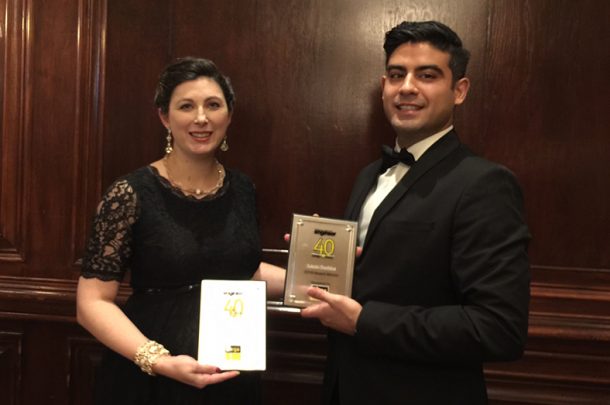
 Primera Engineers in CSE's 40 Under 40
Primera Engineers in CSE's 40 Under 40 
